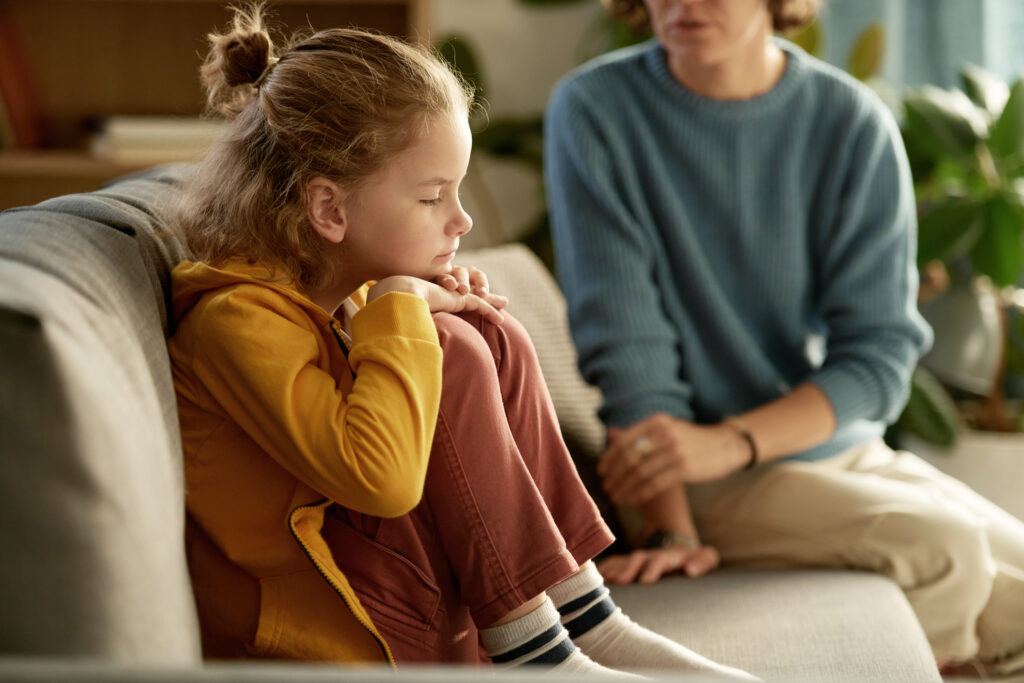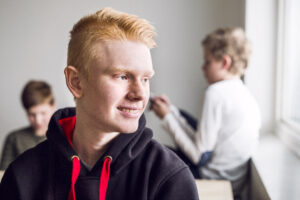By Dr. Angelique Jenney, Wood’s Homes Research Chair in Children’s Mental Health.
Today is World Mental Health Day and the theme this year is to make Mental Health and Well-Being for All a Global Priority.
From it’s inception on October 10 1992, the day provides an opportunity to reflect on and to continue the important conversations about mental health that need to be had in our families and communities.
Although not by design, in Canada, in post-secondary education circles, WMHD often coincides with the first long weekend of the semester which is also the time that many students who have started away at school for the first time come home (which tends to also coincide with a phenomenon known as ‘the Turkey dump’ wherein high school sweethearts break up) as well as the onset of the stress of mid-term exams. This is considered a critical time for mental health issues to present themselves in the student body as they are navigating their first time away from home outside of their regular support system.
It can also be a hard time to think about talking to your family about what’s bothering you. I’ve written about this before, how hard it can be to talk about mental health in families, but as I reflect on the past few years, I wonder about a potential change in this tide, possibly brought on by the very pandemic that increased mental health issues on a global scale.
Although the experience of the pandemic increased rates of mental health significantly, it also made mental health a household word. It slowly became socially acceptable to talk about stress, mental health, zoom fatigue and impairments of functioning because it seemed that no one was immune and there was both a sense of shared suffering and perhaps even the development of both compassion for self as well as others.
Admittedly, there were a lot of distressing events that happened over the past two years that perhaps directly eroded that sense of social well-being for many, but it happened alongside a new level of awareness; that mental health was real, that it was important, and that it was something absolutely everyone has to contend with in their lives. All of our institutions, even our government officials, had messages to deliver about mental health and a new emphasis on ensuring that our school/work days, and environment were gentler and softer on everyone.
This isn’t to say that everyone heeded the call, but stories about of those who reached out or reached in to discover new parts of themselves and their lives that both promoted and supported good mental health practices abound. People learned about how important social connection was, as well as exercise, and the chance to experience nature in whatever form was available (from simply opening a window to air out a gloomy room, to meeting friends for a walk outside).
This new ‘language’ of mental health has become almost common, and with a little less stigma attached to it. Could it be, as a society we have found a place to welcome conversations about mental health and well-being?
Certainly, we learned quickly that there were alternatives to the methods many had been using to manage themselves, people who lived at the gym started to take their workouts outside, or created spaces for self-care in cramped living spaces. Therapy went from private offices, to Zoom rooms and text messages – we perhaps learned to stretch ourselves a little, manage expectations and surprise ourselves and others in our lives with new learning, flexibility and adaptation: the keys to the development of resilience. Nature trails were over run, campsites were as hard to book as front-row seats for your favourite band used to be, and people took meetings while they walked outside. The benefits of nature for our mental health has been well documented, as has been the disparity in access to it and a call for greater equity in access to greener spaces.
But all this access also had a downside.
People lost their sense of divide between themselves and their workspaces, the very work-life balance that is recommended that we all strive for was almost impossible to maintain when your desk doubled as the kitchen table. As with anything however, it’s not about absolutes – some people thrived in their private spaces while others needed to defy all the rules and find solace in empty office buildings in order to maintain what they needed to make it through.
The important thing is that there is space to talk about what worked and what didn’t for everyone and to understand the individuality of that. Recognize what people want to keep (the ability to throw in a load of laundry and make dinner, or go for a walk while listening to a meeting), and what they miss, (laughing with co-workers, stopping into their favourite café) and create room for voice and choice whenever it’s possible.
We have learned that the pandemic struck us all differently and it was directly related to inequity of resources.
Did we also learn something about our collective mental health over the past two years? I think we did, and I only hope that the talk continues and that mental health and well-being for all truly does become a global priority.
We can all play our part in this by continuing the conversation about mental health and well-being in all of its forms and spaces. Be well.




